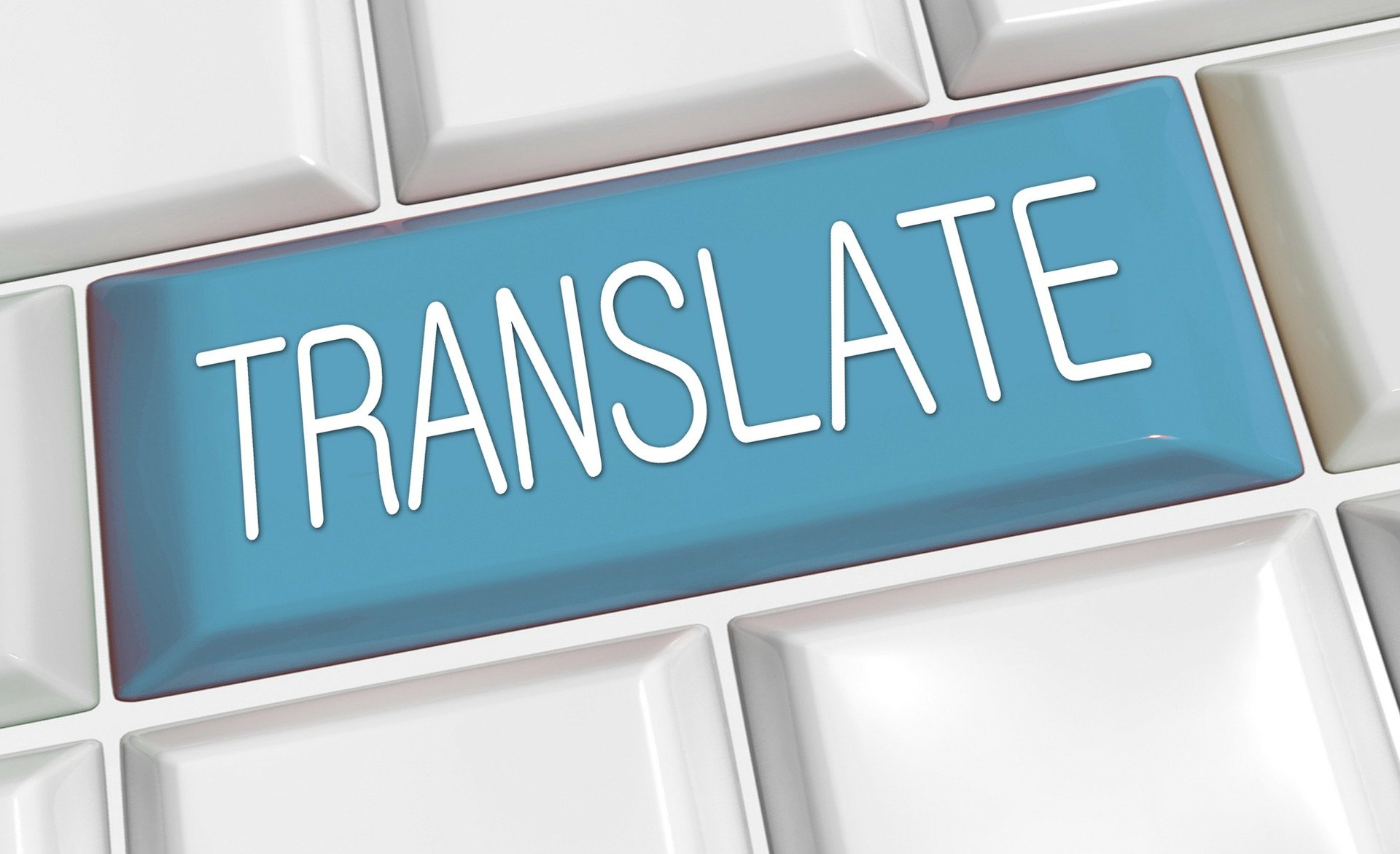Listen to Audio Version:
Imagine taking a Covid test. If you’ve taken a few, the process is a little less daunting each time; take it once or twice, and it can feel like a new experience each time, especially if it’s a test from a different provider. Still, every time the instructions make sense, the common mistakes are outlined, and test results and disposal information are clear. It’s admittedly a relatively straightforward process, but the simple fact that we can administer the test ourselves is a testament to the wonders of modern healthcare technology – necessity is indeed the mother of invention!
Today, the healthcare landscape demands that patients take an active role in their care. This shift has led to an increase in the use of combination products, which blend drugs, devices, and sometimes biologics (drugs derived from living organisms). Thanks to online instruction and communication, social media, and a global shift toward a DIY mentality, patient advocacy and in-home care options continue to improve patient outcomes and offer treatment options beyond traditional medicine.
A combination product is more than the sum of its parts – it’s a sophisticated orchestration of medical technology that must adhere to rigorous regulatory standards. Products can range from simple items like a bandage with an antibacterial agent to complex devices like insulin pumps for diabetics and hemodialysis. (And consider: in the latter cases, are they drugs or devices?) As their usage becomes more widespread, companies seeking to bring them to market face unique challenges and opportunities, including the need to translate regulatory requirements at every stage of product development precisely.
The FDA’s Office of Combination Products facilitates the timely review of innovative products, ultimately bringing them to market more quickly.
First to Market: The Role of Early Translation Planning
Planning for translation from the start, alongside a high-quality, experienced language services provider (LSP), lays a foundation for a solid first-to-market strategy. It unifies stakeholders and target audiences throughout the process, from research and development to distribution and commercialization. It pays attention to immediate and extended needs, with built-in cost efficiencies – planned use of memory translation across the various steps, for example – and keeps patient safety and product efficacy front of mind. It even simplifies global marketing and sales in the future by unifying efforts around the following:
- Regulatory Compliance
- Branding and Messaging
- Cultural Relevance and Localization
- Time-to-Market
- Enhanced Customer Experience
- Post-Market Surveillance
If you find yourself at a point in the development process when language services become prominent, simply look forward and back to regroup. The goal is to obtain corporate buy-in and set a clear path to multilingual commercialization and culturally sound global marketing.
Charting the Course: Five Considerations for Market Readiness
We’ve written in-depth about the translation requirements throughout the regulatory pathway and how to find a trusted LSP partner who is as committed to your success as you are. Here, we focus specifically on bringing combination products to market. Pay attention to these five considerations for a smooth and impactful product launch.
1. Building a Strong Team
The development of a combination product is a multidisciplinary effort that requires expertise in various fields, including pharmaceuticals, medical devices, engineering, and technology. As with any endeavor, a linguistically and culturally diverse team brings varied experiences that lead to new ideas and novel problem-solving.
At the same time, clearly delineate ownership rights for joint ventures and keep communication open but secure. Scientists, engineers, product management, and outside vendors should coordinate their disparate processes to maximize confidentiality and protect market share.
Externally, align your company with outside vendors who are true partners and committed to a sustainable exporting process. Look for LSPs, legal services, distributors, and in-country representatives who share your philosophies and believe in your product offering. These relationships require trust and commitment to operate effectively.
2. IP Strategy and Market Landscape
Establish a robust intellectual property (IP) strategy prior to development. Comprehensive, global research into existing patents and ongoing projects—a freedom-to-operate (FTO) search on every element of the device, for example—helps you avoid potential legal issues while setting the stage for your product in the competitive landscape. Throughout, keep in mind that an integrated IP, regulatory, and reimbursement strategy better positions a company for acquisition; acquirers will pay a premium for a tested, risk-free product line with approvals in place.
Combination products aggregate advancements from various fields, including biotech, medical devices, nanotechnology, gene therapies, and more. Your patent portfolio should include patents for each element of the product and the complete product. Unique characteristics should also be patented—use, manufacture, and core technologies deserve equal attention.
A solid IP strategy ultimately informs market positioning, revealing a clear go-to-market plan. Every product launch is built upon a unique selling proposition; a successful launch delineates the product’s value, safety, and efficacy within the existing landscape of available treatments.
3. Regulatory Strategy and Early Engagement
One of the most critical considerations when bringing a combination product to market is navigating the complex regulatory environment. Combination products retain the regulatory status of their constituent parts, meaning that the rules for drugs and devices apply. The Code of Federal Regulations (CFR) further categorizes products into three types: single-entity, co-packaged, and cross-labeled. Each type has its own set of regulatory challenges.
The process can be daunting, as multiple stakeholders are involved throughout the regulatory pathway. Depending on where the product is manufactured and distributed, various regulatory agencies may be involved, each with differing levels of stringency. This complexity is compounded when products are marketed internationally, requiring compliance with regulations in multiple countries.
Issa Kildani, founder of Ambrosia Ventures and a recent guest on Rapport International’s The Global Marketing Show podcast, advises early startups to streamline and standardize international regulations to reduce redundancies and realize cost efficiencies. He also encourages companies to craft “global-friendly” multilingual messaging designed for use throughout commercialization, from rollout through expansion.
Dr. Michael Drues, President of Vascular Sciences and another recent podcast guest, encourages his clients to look for input from both sides of the regulatory coin – entrepreneurs who have been through the process and anyone who has worked in regulatory affairs, to identify potential hurdles before they can become an issue. Engaging in early and ongoing dialogue with regulatory bodies like the FDA aligns expectations from all stakeholders, reducing the risk of delays due to personnel changes or miscategorization. He adds that:
“[t]he “root cause” of any unsuccessful product launch is starting a plan based on regulatory requirements. Biology and engineering should come first….”
4. Funding and Market Entry Strategy
Securing capital in the combination product space presents its own set of challenges. A strong patent portfolio attracts venture capital and beneficial collaborations. Yet, venture capitalists often specialize in the pharmaceutical or device sector, leading to a preference for investments in those areas. If you don’t succeed at first, be creative. Explore funding sources as diverse as physicians, foundations, patient advocacy groups, government grants, and strategic partnerships.
Dr. Drues has tried and tested advice for presenting new products to the FDA, and it also applies to the quest for funding:
“Tell, don’t ask. Lead, don’t follow. This is our plan. This is what we are NOT going to do and why. I’ll consider your advice, but it’s MY party, not yours. It’s an aggressive position, basically a sales pitch. And ultimately, while the process is necessarily collaborative, the company is responsible for their future, not the FDA.”
Similarly, a well-defined go-to-market strategy starts before product development. It evolves over the development cycle into a Target Product Profile (TPP) and a clear articulation of the product’s value proposition. Companies must consider various market entry points, assess both U.S. and global markets, and recognize that each country’s regulatory landscape may differ.
5. Global Expansion and Localization
Localization is a critical aspect of the market entry strategy for companies planning to expand into international markets. It goes beyond mere translation and involves adapting the product and its associated materials to meet each target region's cultural, linguistic, and regulatory requirements. Tailoring content, packaging, and user interfaces to resonate with local consumers ultimately enhances customer engagement and increases the likelihood of product acceptance.
For optimal results, rely on an LSP with expertise in biotech and medical devices and a global network. The latter will ensure access to a trusted database of international vendors worldwide, all potential partners in your success.
Bringing a combination product to market is a complex yet rewarding endeavor. It requires a deep understanding of regulatory requirements, strategic planning, and collaboration across multiple disciplines. The demand for these innovative products will only grow as the healthcare landscape continues to evolve. Companies that navigate these challenges successfully will be well-positioned to deliver groundbreaking solutions that improve patient outcomes worldwide.
Rapport International specializes in multilingual communications, providing language translation and interpretation services that are accurate and culturally appropriate. We use the right voice and the correct terminology to avoid liability, customize services to your needs, and deliver on time and within your budget. With our 100% satisfaction guarantee, you can trust that it’s done right. Contact us today if you would like more information or to get a free quote.
Popular Posts
Popular industry news, interviews, technologies, and resources.

















